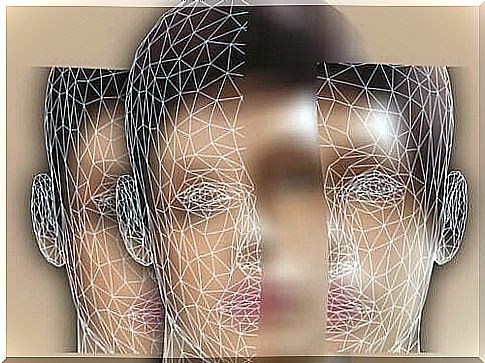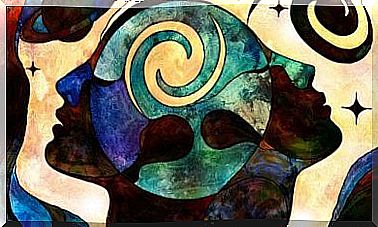The Form Therapy Model For Jeffrey Young

Jeffrey Young’s form therapy model is very effective in chronic psychological disorders. It is also useful in cases where patients do not respond to other forms of treatment. This interesting method integrates attachment theory, Gestalt theory, constructivism, some elements of psychoanalysis, and cognitive behavioral therapy.
If there is one thing that all psychologists know, it is that some cases are very difficult to treat due to reasons such as the patient’s personality, relapse and the disorder itself. For example, personality disorders present several challenges for health professionals in the mental health service.
Such psychological conditions may benefit from therapies with a broader focus. According to a study from the University of North Texas and the City University of New York, combining psychological therapy with social training, workshops and mindfulness can give very good results in difficult patients.
Integrated methods work, and there is no doubt that the most recognized of them all is form therapy. When Jeffrey E. Young first developed his form theory, it was considered an improvement on Aaron T. Beck’s cognitive therapy.

Form therapy: An integrated focus
Psychologist Jeffrey E. Young has spent the last 20 years developing form therapy based on his experience and the clinical requirements of his daily work. In this connection, his book Schema Therapy: A Practitioner’s Guide stands out as an interesting and complete user guide for form therapy. In it, he not only offers the tools that mental health professionals need to deal with difficult and complex issues, but it also helps you reflect on and understand why it is not always wise to stick to a single method.
Holistic methods such as form therapy use the most effective tools from different methods to maximize the benefits the patient can receive. Let’s take a closer look at how form therapy works.
The goals of form therapy according to Jeffrey Young
As the name suggests, this therapy seeks to identify the dysfunctional forms that cause an individual to think and act in problematic and self-harming ways. For this purpose, this therapy uses the following guidelines:
- Unlike cognitive behavioral therapy, form therapy does not use confrontation or guided discovery. Instead, it is more based on emotional therapy.
- It is also important to mention that this type of therapy lasts longer than other types. Patients need several sessions to be able to see results.
- Form therapy tries to find dysfunctional habits that were established during the individual’s childhood.
- The health personnel in the mental health service work with the patient’s sense of identity, their ability to self-control, emotional communication, autonomy and sense of competence.

Which patients can benefit from this treatment?
Form therapy is particularly effective in disorders of Axis 1 in the DSM-V ( Diagnostic and Statistical Manual of Mental Disorders ). Axis 1 includes the following clinical conditions:
- Anxiety disorders
- Mood disorders
- Dissociative disorders
Similarly, Jeffrey E. Young emphasizes the following:
- This therapy is beneficial for anyone who finds it difficult to talk about their feelings, thoughts and states of mind. This method is useful for blockages or negative associations.
- Patients with an existential crisis or who are not motivated to go to therapy can also benefit from it.
The two pillars of form therapy according to Jeffrey Young
Form therapy operates on two basic areas:
Identification of the forms that explain the patient’s behavior
In cognitive behavioral therapy, a form is a pattern that determines the way you think and act. Many forms lead to suffering. Examples of this are an unhappy relationship or living a destructive life.
Jeffrey Young emphasizes the importance of identifying early life experiences and the patient’s emotional temperament. In this therapy, the main focus is to discover early maladaptive forms and their origins.
How does form therapy approach these problems?
The management mechanism you use to deal with everyday challenges and events will depend on the forms you have. Dr. Young identified three maladaptive coping mechanisms:
- Avoidance. When you find ways to escape from or block forms and responsibilities.
- Surrender. Every time you have to deal with something, you feel sad, scared, defenseless, empty, and unable to do so. Consequently, you simply can not go face to face with life. This is common in those types of depression that are very resistant to therapy.
- Overcompensation. In this case, you tend to react with violence or by overcompensating. As a result, your reaction to everyday problems is extreme. This coping mechanism is common in people with borderline personality disorder.

On average, this treatment lasts for about a year. It is a difficult and deep process that requires the therapist to have an excellent connection to the patient. When the patient feels comfortable with the therapist, they can work on identifying problematic forms.
Later, psychologists use Gestalt therapy, psychoanalysis, cognitive behavioral therapy and emotional therapy to guide the patient in building new valid, effective and healthy forms. To conclude, form therapy is as interesting as it is useful for many patients with mental health problems.









